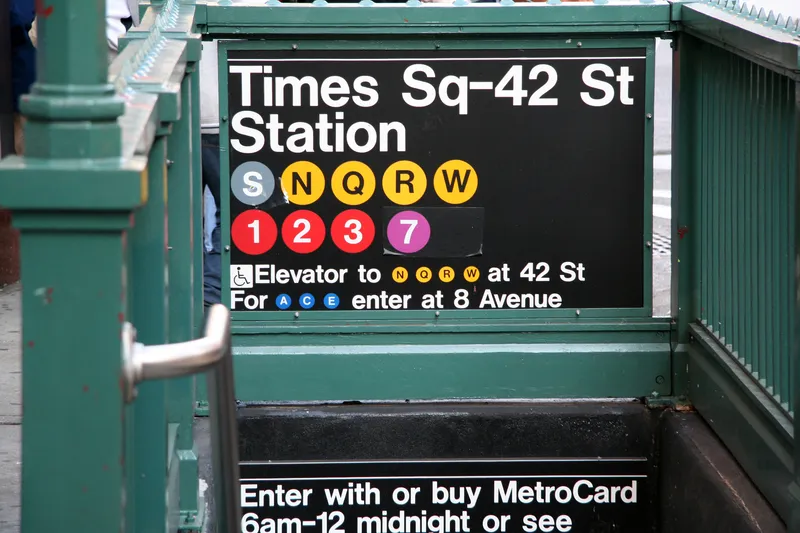
Vivacity Labs is to install traffic sensors in the Australian city of Port Phillip (CoPP) this year to measure bike rider, pedestrian and motor vehicle movements.
Vivacity says the sensors use artificial intelligence (AI) and machine learning to capture anonymous traffic counts in real-time across a selected “count line”.
These counts can show the interactions between pedestrians, cyclists and cars, and provide insights on factors such as number, pathways and speed.
The deployment stems from an agreement with the CoPP and Bicycle Network.
The partners will help promote active travel in the local area, particularly the use of bikes and e-scooters, with Vivacity’s technology supporting the city council to make data-driven decisions and implement new schemes successfully.
Vivacity's sensors will measure bike and pedestrian data in real-time along CoPP integrated transport strategy routes, monitoring a variety of locations including footpaths, cycle lanes and roads.
The city will accrue the anonymous data to understand how these road users interact on specific roads and junctions, as well as interactions with newer modes of travel such as e-scooters.
According to Vivacity, this will enable the council to plan what physical changes, such as segregated lanes and size of footpaths, will work to both enhance active travel and improve traffic flow, and therefore also reduce conflict between transport modes and emissions.
Craig Richards, CEO at Bicycle Network, says: “These AI sensors have the power of a thousand people holding clipboards and pens. It gives us real-time information along a full road, not just one site, helping us understand how all road users interact.”
James Hill, international business development director at Vivacity Labs, says: “Our partnership with Bicycle Network will go a long way in providing detailed and accurate transport data insights to help ensure the right decisions are being made to improve travel patterns in the City of Port Phillip.”
The CoPP is investing in transport data capture to evaluate and monitor progress toward mode shift targets as part of its ongoing Integrated Transport Strategy Project, which promotes connected and active transport choices.










